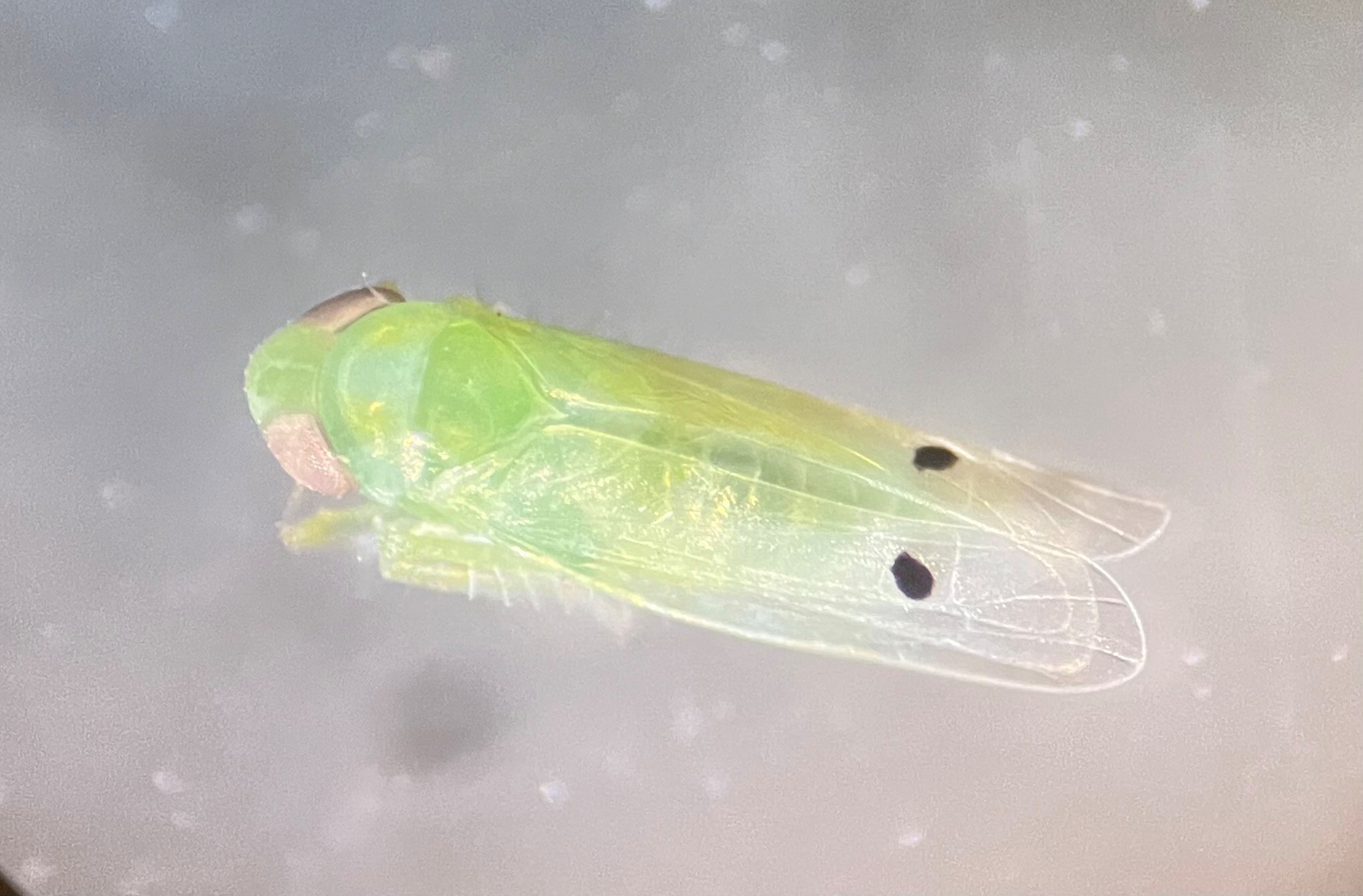By Dan Rahn
University of Georgia
Georgia cotton farmers may be thinking that old saying, “you
can’t win for losing,” was intended for them. Struggling with the
drought all summer, they finally began getting plenty of rain
this fall, precisely when they needed lots of sunshine.
“All this rain has made it a pretty miserable time for people
growing cotton,” said Steve Brown, a cotton scientist with the
University of Georgia College of Agricultural and Environmental
Sciences.
Georgia farmers headed into November with about half of the
state’s 1.45-million-acre cotton crop harvested. The fall weather
was greatly limiting harvest time for cotton, which must be
picked dry.
Rains hurt yields, quality
“The rains have made things very difficult,” Brown said. “It has
lowered both the yields and the quality.”
When cotton bolls first open, he explained, the cotton is at its
peak, with its brightest, whitest fibers. The more it’s exposed
to rain, the more the cotton deteriorates. The fibers become
duller, grayer.
In the rain, the burr that holds the cotton bleeds onto the
fibers, further damaging the color. The rains damage the quality
of the seeds, too, which are used for oils and livestock feed.
The U.S. Department of Agriculture started the season predicting
Georgia farmers would produce 2 million 480-pound bales of cotton
and average 710 pounds per acre, Brown said. Latest estimates are
down to 1.7 to 1.8 million pounds and 621 pounds per acre.
Yield estimates keep dropping
“I think we’re going to wind up somewhere around 600 pounds per
acre,” he said.
East Georgia cotton farmers have been generally the hardest hit,
said Brown and Philip Jost, a UGA cotton scientist in Statesboro,
Ga. While the fall rains have hurt farmers fairly equally
statewide, the summer drought had limited cotton grown more in
the eastern part of the state.
“The big issues in southeast Georgia have been first that drought
stress limited the boll set,” Jost said, “and then the late rains
rotted some of the bolls there were and stimulated regrowth in
the top of the plants.”
The late regrowth was a complication cotton farmers didn’t need.
At best, it gave them two crops on the same plants. For most,
though, the weather was so consistently rainy or overcast that
the late regrowth is now just extra foliage getting in the way of
a clean harvest.
Many fields wiped out
A month ago, Jost said, crop insurance adjusters were estimating
the yields in some fields at just 150 to 200 pounds per acre.
“But they were anticipating that those top bolls would open, and
they haven’t,” he said. “So now they’re going back with estimates
at about a third of that.”
Even at 150 pounds per acre, the cotton isn’t worth harvesting,
he said. With the price deductions for reduced quality, the $50
or so farmers would get per acre won’t cover the cost of
defoliating, picking, ginning and storing the cotton.
Jost said farmers in Burke County are probably the hardest hit in
east Georgia. Richard McDaniel, the UGA Extension Service
coordinator there, said farmers in the county have already
accepted crop insurance claims and mowed down 12,000 of the
county’s 46,500 cotton acres. He estimates they will destroy
25,000 acres before they’re done.
“It’s terrible,” Jost said. “In some of those fields that have
been mowed, you can walk out there and not see any lint at
all.”



